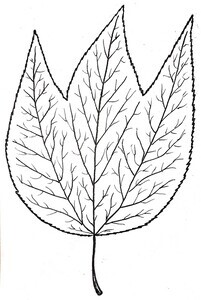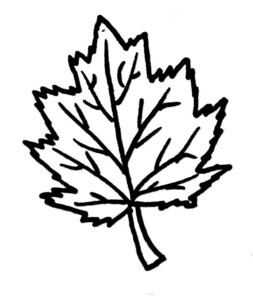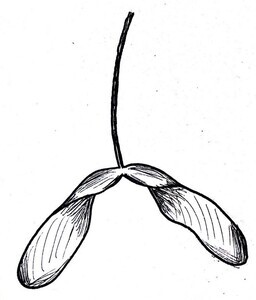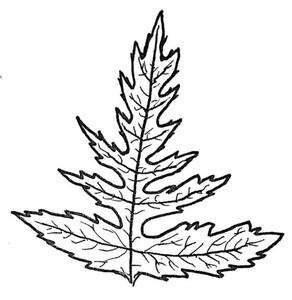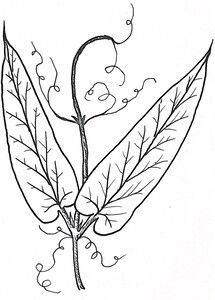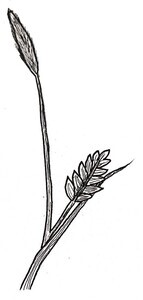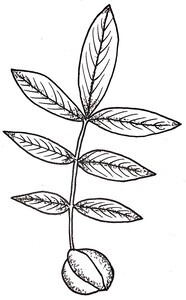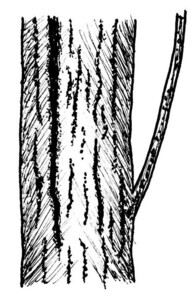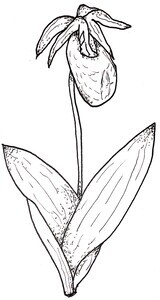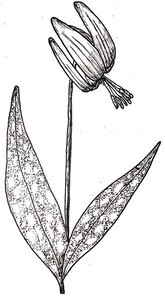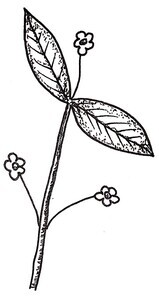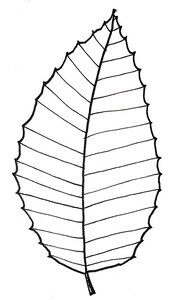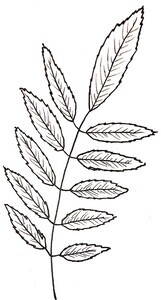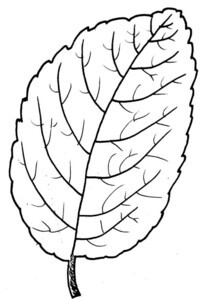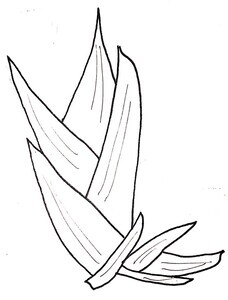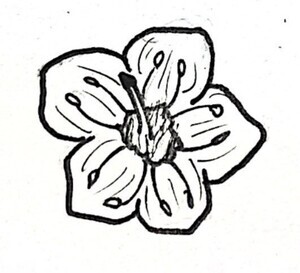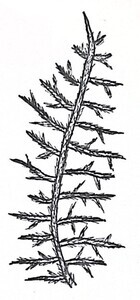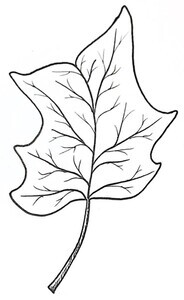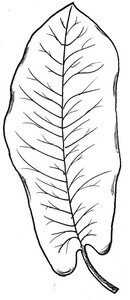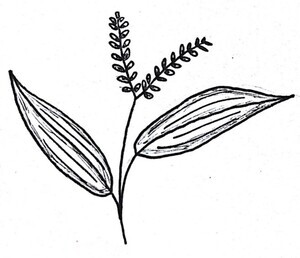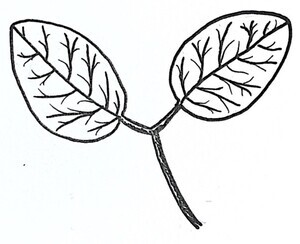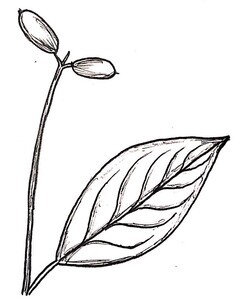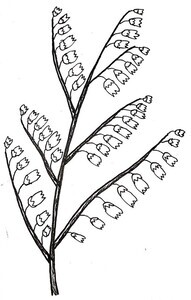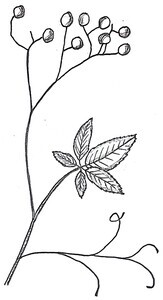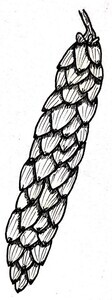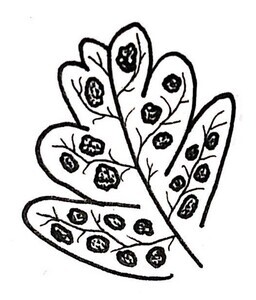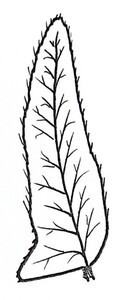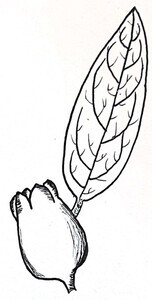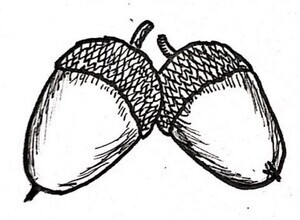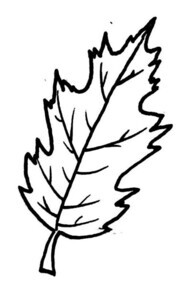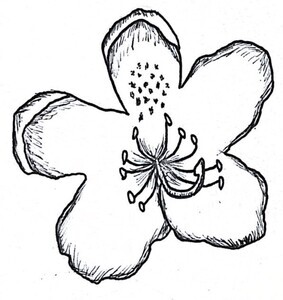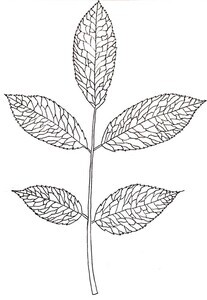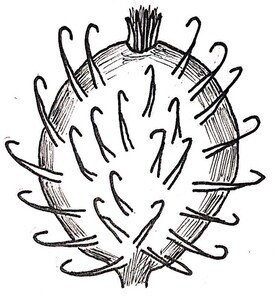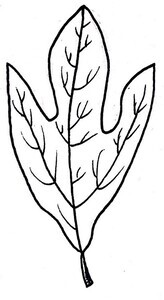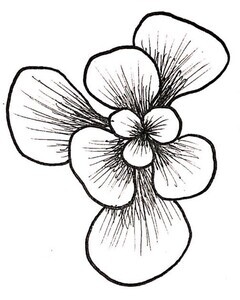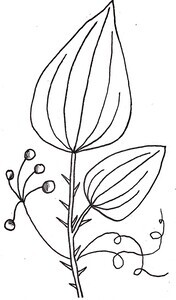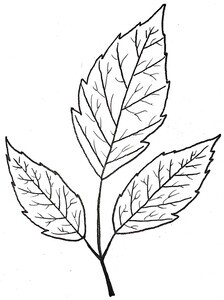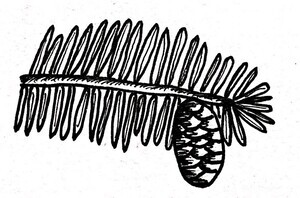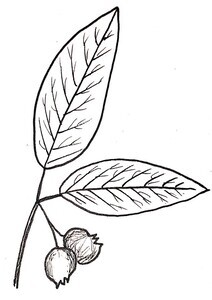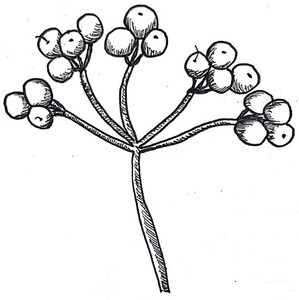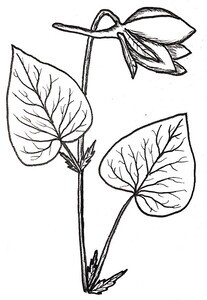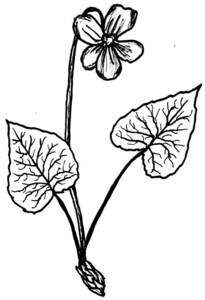Sadness
“But he, he was just, it was a sadness with him, and you’d say the same thing and, and other old people when they would talk about it because basically a way of life died when that tree died.”
Rex, Wednesday June 28, 2023
Interestingly, the Chestnut Blight hit regions of Appalachia at different times in American history which changed the level of impact. In regions of Central Appalachia, often termed ‘deep’ Appalachia (Sara), the Blight hit during recovery from the Great Depression which added yet another struggle of living through a difficult time. This can be best illustrated from the passed down narratives from Rex:
“The blight hit just about same time as the Great Depression settled in. And of course 1000s and 1000s of those people, they had no paying jobs, their way of life was ruined. And this is what did it in, all of those people depended on Chestnuts to fatten their livestock.”
Rex, Wednesday June 28, 2023
Rex mentioned this shortly after discussing how his father carried a type of sadness surrounding the Chestnut tree. These are ways of life that are decreasing in great quantity and ending types of emotional and physical engagements with land and life in Appalachia. Outside of the regions of Central Appalachia, there were political ecologies occurring where the Chestnut blight enabled prosperity for harvesting the wood. Due to the unstoppable behavior of the Chestnut Blight, agencies informed land owners to harvest the Chestnut trees before the Blight killed them.
Sara,
click text to visit interview
The changing temporality of the Chestnut Blight’s impact on people goes to show the different types of emotional political ecologies people may have over different periods of time, even further complicating the way people view death and extinction of plant species. However, sadness was an emotion weaved throughout the narratives in Central Appalachian especially among the old timers for they saw before and during the Blight’s introduction.
